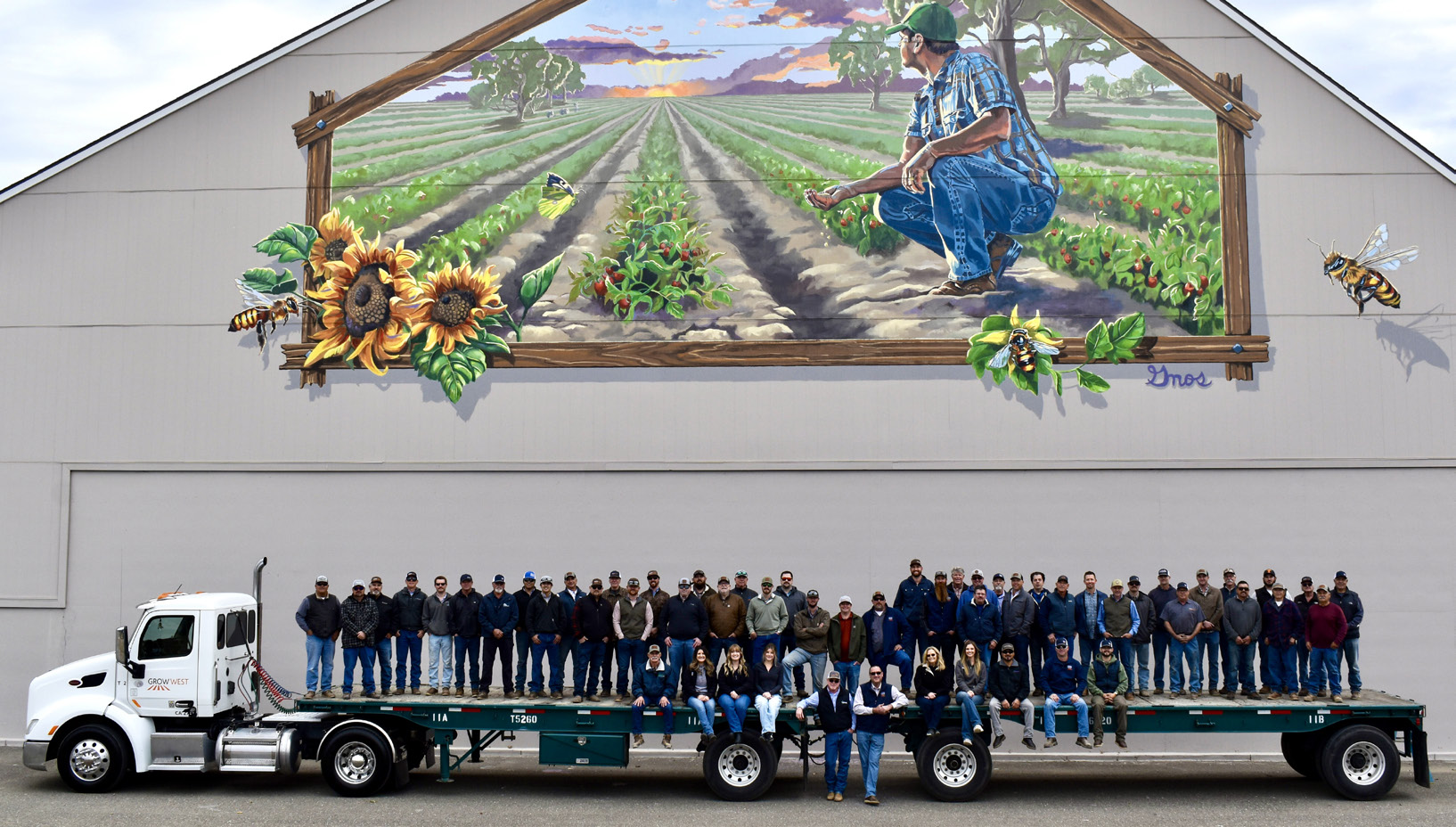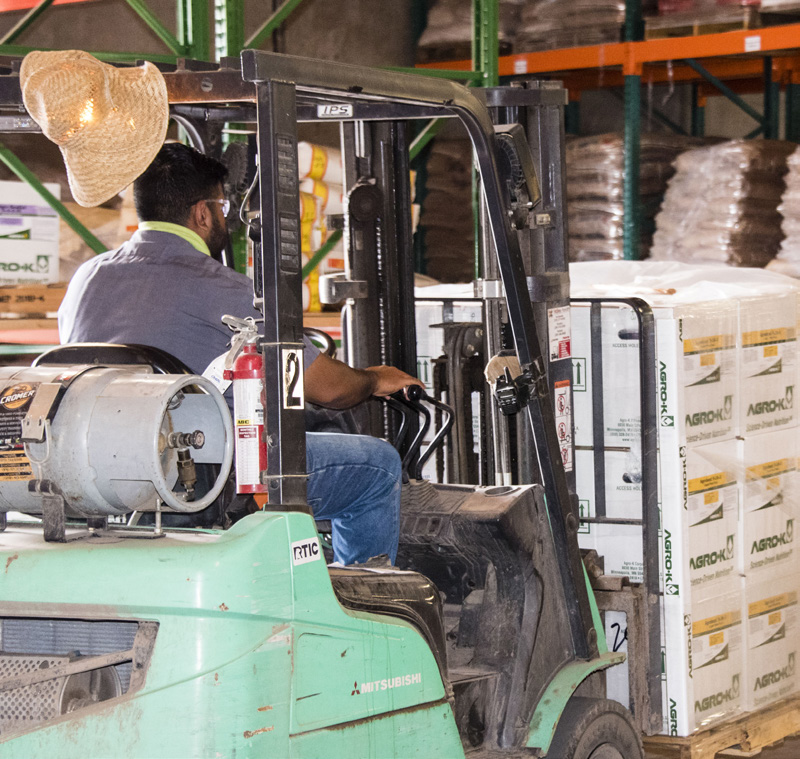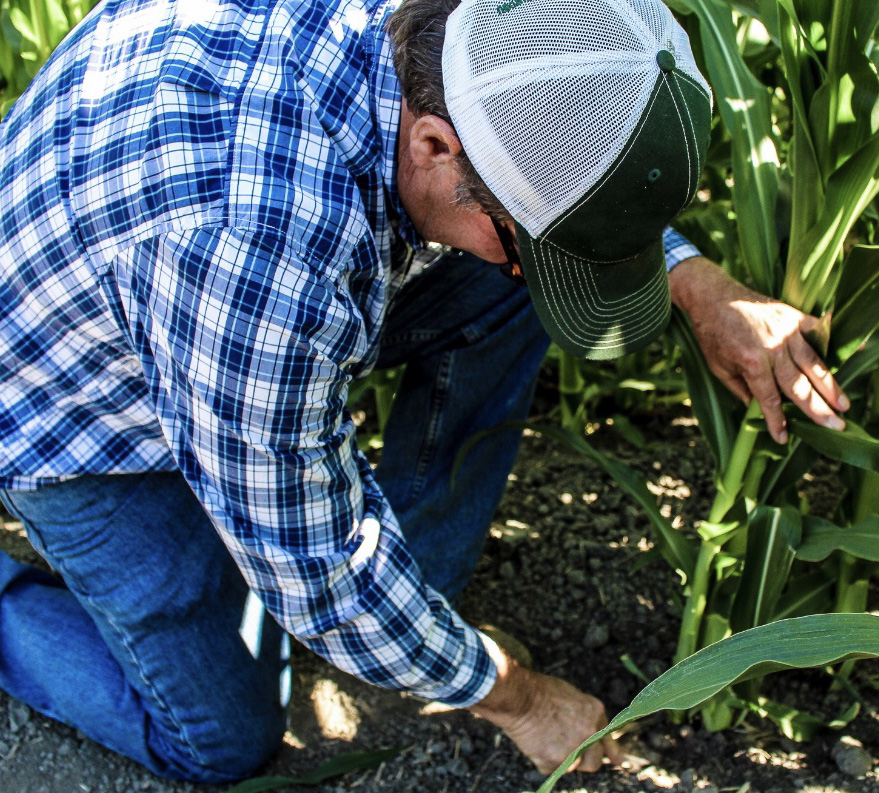Growing Together Spring 2025
The Cost of a Hire

The cost of recruiting and retaining employees goes far beyond just their weekly paychecks. In fact, the Society for Human Resource Management (SHRM) estimates the average cost to replace a worker is 1.5 to two times his or her annual salary.
It’s not just the financial costs, either, but how it may affect co-workers who must take on added responsibilities until the vacant position is filled and the new person comes up to speed.
With that in mind, Grow West has adopted a multi-pronged approach to avoid having to replace an employee in the first place, said Grow West Vice President of Human Resources Samantha Hanley. “For us, retaining employees means we’re not having to find employees,” she said.
PREEMPTIVE APPROACH
The preemptive effort, which begins before hiring and continues even after the employee’s tenure, includes:
- Smart hiring. Making sure to ask the correct questions during interviews, conducting the necessary pre-hire background checks on candidates and ensuring that job descriptions accurately depict what the job entails.
- Offering referral bonuses to employees who refer a candidate for an open position and are hired. The new employee may have a better outlook on the onboarding experience and have a sense of belonging from the beginning.
- Creating a benefit packet that is cost-effective for employees and a program that they will truly use. The company contributes a significant amount toward the employer-paid portion for medical, dental, vision and 401(k) matching programs.
- Continually evaluate employee compensation, scanning both internally and externally to ensure that Grow West is competitive.
- Allow for employee development through training, job shadowing and mentorship opportunities.
- Formal annual performance reviews for all employees to evaluate goals, opportunities and feedback. Informal sit-downs between supervisors and employees are done frequently to address any urgent issues.
- Exit interviews with all voluntarily resigning employees and follow-up on any issues that need to be addressed.
The investment in time and money appears to have paid off because employee turnover has hovered between 3% and 5% for the past 10 years or so, Hanley said. When construction is booming, turnover within the ag industry may be slightly higher because of higher-paying construction jobs.
Even with the low rate, Grow West continues to strive to minimize turnover, although sometimes it’s inevitable as with retirement or relocation due to a spouse’s career opportunity, she said.
Hanley pointed to the state Employment Training Panel, in which the ag chem retailer participated, for part of their success. The program helps employers train workers to retain quality jobs, increase competitiveness, enhance transferable skills, and improve productivity and quality. If employers conduct and document training, the state reimburses them for costs incurred.
TALLYING JOB SEARCH EXPENSES

Resources Samantha Hanley
Recruiting a new employee involves both hard and soft costs. SHRM in 2022 estimated the average cost of finding and hiring a new employee was $4,700, although it could go much higher depending on the position.
Of that, 30% to 40% were hard costs — or direct financial outlays for items such as buying help wanted ads and pre-employment screenings — and 60% to 70% were soft costs.
Hanley said quantifying soft costs, such as the time managers and others spend on panels interviewing potential candidates, is more difficult. She provided as an example the recent search to fill a newly created position within Grow West.
After screening applications, the pool was whittled down to 14 potential hires. During the first round of interviews, three panelists together spent about 1.5 days talking to the candidates before narrowing the field. Then the panel had to devote additional time to interview the finalists before making the ultimate choice. This was all time spent away from the panelists’ normal duties.
In addition, there’s the time to onboard new hires and the months spent training and mentoring them, Hanley said. Until the new hire comes up to speed, coworkers typically have to pick up the slack, which may involve additional tasks, inconvenience and/or overtime.
 “We’re having to spend not just on a person who’s new to the organization but we’re also spending another person’s time to train them, getting them up to speed, moving equipment, safety training, onboarding, so there’s a time investment in the person,” she said. “I don’t think a lot of people take into consideration truly what that costs.”
“We’re having to spend not just on a person who’s new to the organization but we’re also spending another person’s time to train them, getting them up to speed, moving equipment, safety training, onboarding, so there’s a time investment in the person,” she said. “I don’t think a lot of people take into consideration truly what that costs.”
 OVERALL COST
OVERALL COST
Once the person is hired, employers have to pay myriad expenses for state- and federally-mandated employee benefits, such as employer Social Security matching, state disability insurance, worker’s compensation insurance, unemployment insurance tax, 401(k) retirement plans, and bereavement and sick leave, among others.
At Grow West, the list also may include vehicles and vehicle-related expenses, cell phone reimbursement, employer 401(k) matching, profit sharing, partial employer-paid health insurance premiums, and dental and vision insurance, Hanley said.
In many cases, she said only 40% to 50% of the overall cost of an employee is the actual salary; the rest is company benefits and government mandates.
“There are a lot of things that are an employer expense because California is just a very friendly employee state,” Hanley said. “It really adds a significant cost, and I don’t think employees necessarily understand the total cost.”
 If competitors approach employees with salary increases, there are a number of factors they need to consider. Hanley said she is always open to honest discussions with employees to spell out the costs of benefits and coverage that Grow West provides. That way, employees can make informed decision.”
If competitors approach employees with salary increases, there are a number of factors they need to consider. Hanley said she is always open to honest discussions with employees to spell out the costs of benefits and coverage that Grow West provides. That way, employees can make informed decision.”


 “We’re having to spend not just on a person who’s new to the organization but we’re also spending another person’s time to train them, getting them up to speed, moving equipment, safety training, onboarding, so there’s a time investment in the person,” she said. “I don’t think a lot of people take into consideration truly what that costs.”
“We’re having to spend not just on a person who’s new to the organization but we’re also spending another person’s time to train them, getting them up to speed, moving equipment, safety training, onboarding, so there’s a time investment in the person,” she said. “I don’t think a lot of people take into consideration truly what that costs.” OVERALL COST
OVERALL COST If competitors approach employees with salary increases, there are a number of factors they need to consider. Hanley said she is always open to honest discussions with employees to spell out the costs of benefits and coverage that Grow West provides. That way, employees can make informed decision.”
If competitors approach employees with salary increases, there are a number of factors they need to consider. Hanley said she is always open to honest discussions with employees to spell out the costs of benefits and coverage that Grow West provides. That way, employees can make informed decision.”